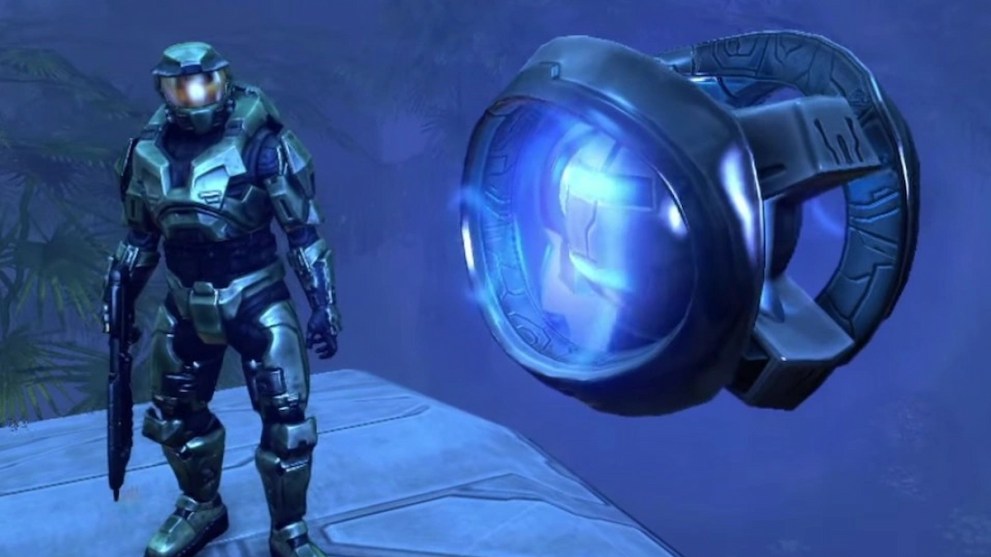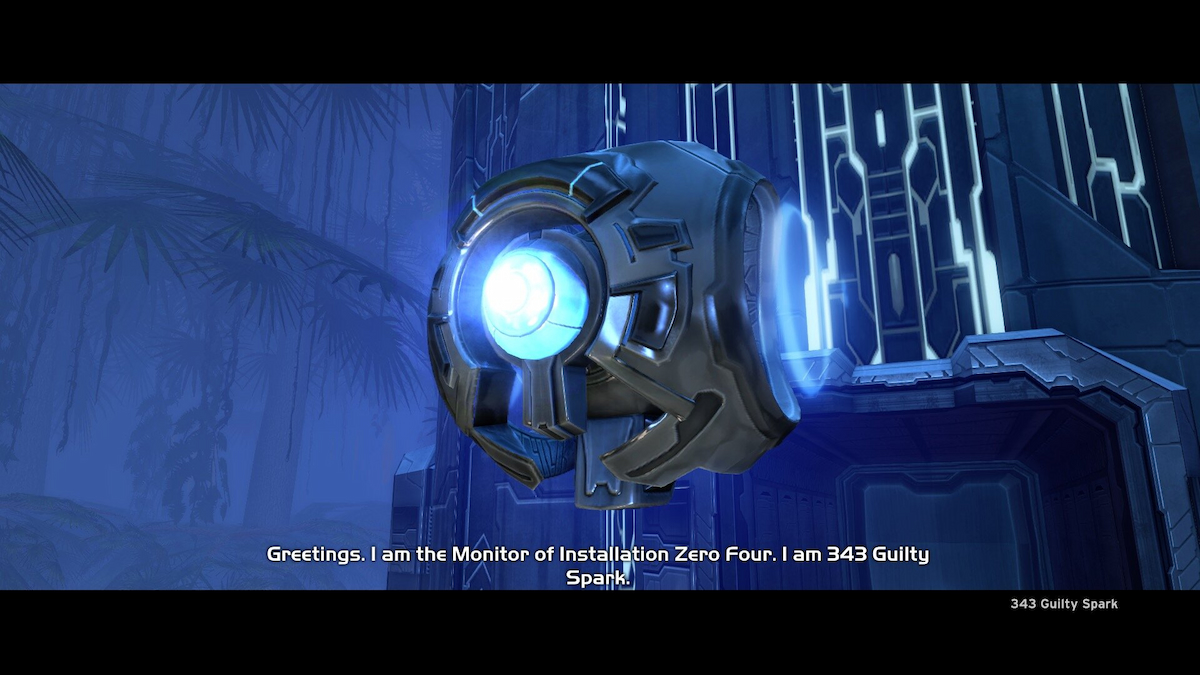Any story can have a good protagonist, but the only way to make them great is to face them with a greater antagonist. The Halo franchise serves as the perfect example of this, with the Master Chief and 343 Guilty Spark, respectively. While it might be easy to say that the main antagonist in the series is the Covenant or perhaps the Flood, Guilty Spark serves as the perfect foil for Master Chief in ways that none of the other villains in the series can.
An important concept to understand is that a villain and an antagonist are not necessarily the same. Generally speaking, the antagonist will be a villain that also serves as a foil to the main character or protagonist, in Halo’s case being the Master Chief. The same way that the Joker does Batman, 343 Guilty Spark reflects much of what drives John throughout the series, but it is this reflection that further pronounces the core differences that set the two of them apart.
John’s mission when the two first met was to destroy the Flood at any cost, which was conveniently aligned with Guilty Spark’s protocol, being to contain any Flood outbreak on Installation 04. While this should been a match made in heaven, the relationship soured when Cortana revealed to Master Chief that activating the ring would destroy the Flood by destroying all other sentient life, including humanity. The conflict between the two then begins because both character’s goals are now glaringly opposed, yet their main objectives remain unchanged, creating a brilliant dynamic between the two.
If these two powerful characters shared the same goal, then why couldn’t they work together to accomplish it? The answer turned out to be Master Chief’s primary internal conflict: humanity.

To understand why these two characters couldn’t fully align, it has to be understood who they are and where they came from. Master Chief is a human super-soldier trained from a child with the express objective of protecting humanity from any enemy at all costs. While he found himself grappling with what it meant to be a soldier, John’s core focus was always the good of humanity. Once he learned that activating the ring would destroy humanity in the process, he reassessed his mission and had to work against Guilty Spark.
343 Guilty Spark, on the other hand, was an “ancilla” or forerunner AI, and he served as the monitor for Installation 04. While he was once a human named Chakas, his consciousness was transferred into a monitor after he was gravely injured and nearly died, which bound him to follow a set protocol being to protect Installation 04 and contain any outbreak of the Flood. The strictness of this protocol prohibited him from being able to understand John’s resistance to the activation of the ring, therefore he deemed John as a direct obstruction to his directive and turned on him.

343 Guilty Spark’s turning on Master Chief might have come off as a backstab on the first play-through, but as later explained in Halo 3 when the two meet again, it was never his intention to act as a villain. The key difference between Master Chief and Guilty Spark is the fact that John has the welfare of humanity at the forefront of his intention, while Guilty Spark only sees the importance of his protocol. He does not turn on John because he manipulated him or had an ulterior motive, but because in his perspective, he had no other choice.
This blindness of perspective turns out to serve as more of a similarity between the two characters than a difference. In John’s mind, he is a soldier first and foremost, to the point where Captain Lasky and Cortana both needed to remind him of his own humanity. His behavior slowly progressed into acting as nothing more than a machine, dictated by protocol the same as the monitor who he had to oppose prior. It then came as a result of witnessing Cortana’s rampancy that he was reminded of the important of the humanity that drove him at the start of his journey.

It’s this understanding of perspective that makes it more feel more rewarding when the two begin working together again in Halo 3, because it doesn’t play like the standard trope of “hero and villain working together,” but rather it reads as two powerful forces reconnecting over mutual faults. This then makes it feel even more hurtful upon seeing Guilty Spark kill Sergeant Johnson, because while the initial reaction is to hate Guilty Spark for it, it is followed by a feeling of dreadful understanding that he simply did not see any other way to accomplish his directive.
While the differences between 343 Guilty Spark and Master Chief are clear, it is the understanding of the the characters’ background that makes the similarities between the two become clearer. Guilty Spark acts on protocol, which becomes the very thing that John finds himself struggling not to do as he experiences more and more.
While Halo 3 shows him being destroyed, his remains were recovered by the human government and after a long course of events, he took over a forerunner body and changed his name to Spark, joined the crew of the ship Ace of Spades, searched for the Librarian and chose to act on the personal connections he had made rather than a set protocol.
This reflection of John’s own character arc and how Guilty Spark plays into John’s overall development demonstrate why Guilty Spark makes a perfect antagonist. While other villains in the series like the Covenant or Flood oppose John via their strength, Guilty Spark opposes John through his heart. A protagonist as direct and order-focused as Master Chief needs a villain who makes them question what they think they know, and that is why 343 Guilty Spark makes a perfect antagonist.














Updated: Apr 4, 2023 11:18 am